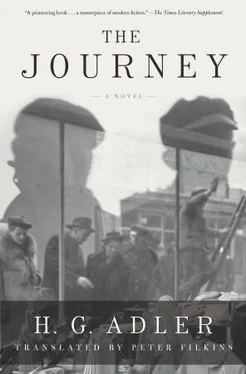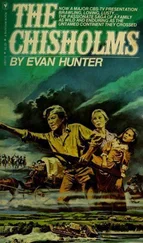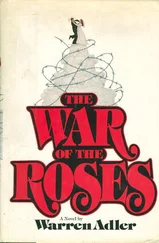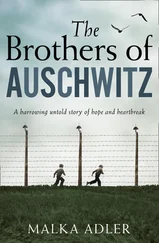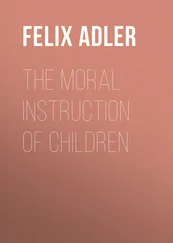The novel transposes the experience of the author, “estranging” it as Adler was wont to say, and removes it from the realm of the personal. Casting himself in the form of Paul Lustig, the writer transforms himself into the brother of his first wife, Gertrud Klepetar, to create a family unit. My father called Gertrud “Geraldine.” Here she is transfigured as Zerlina. Her parents, Dr. David and Elisabeth Klepetar, appear as Dr. Leopold and Caroline Lustig. Gertrud’s aunt, her mother’s sister, is portrayed as Ida Schwarz. In this way the family represents a sociological unit, a social atom whose very nucleus is annihilated by the destructive force imposed on them by history. This small group symbolizes the innumerable number of their fellow victims in suffering. The family name of the two sisters — Schmerzenreich — evokes the fate of this whole community bound together by a common fate. Their valley of tears is a realm of pain. “Lyrical irony” was what H. G. Adler called the style of the book, referring to the lyricism of the language as well as to the ever-present use of irony that accuses but does not offend, that laments but does not complain, granting a lightness of tone to such appalling events without lessening the grief or shrinking away from the horror, and enveloping the victims themselves with the love that is due to them even in the moment of their downfall. The narrative voice speaks gently, a secret love suffuses the novel like the spirit of the ineffable in a lyric poem. At the outset we are told: “You were rounded up and not one kind word was spoken.” Right from the start, one senses the presence of the goodness that is absent from the events themselves. When Ida Schwarz begins her last journey, the narrator evokes the hour of her birth. We hear the midwife, “a capable woman,” inform the mother: “It’s a girl, Frau Schmerzenreich!” Here again a certain tenderness can be heard. We measure death against birth, compare things as they are with the circumstances that would be more appropriate to them. The incalculable horrors are measured against missing values. In this ironic context, pleasant words seem like satire. The executioners appear in the novel just as they themselves wish to be regarded. They are simply called “heroes.” Their method of execution, as attested by many to this very day, is hygienic. Everything is undertaken “with the utmost consideration.” In the play of values — which is also still relevant today — we also recognize the shared responsibility of economy and society, culture and the press. Through their own words, the fellow citizens, who actually know what is happening, judge themselves.
And so we wander on this Journey that moves with lyrical irony between concepts like “justice” and “faith” and symbolic images like “the journey” and “rubbish”—as Heinrich Böll noted — in a narrative that constantly returns to everyday matters and activities. “It only takes someone like Adler,” said Böll in characterizing the effect of this multivoiced dialectic in his Frankfurt Lectures on Poetics , “to describe something as seemingly harmless as rubbish collecting in order to reveal the uncanny.” We are led through the various stations of the novel almost unnoticeably, moving from Stupart to Leitenberg, then on to Ruhenthal and Unkenburg. Behind the names lie Prague (one thinks of Stupartgasse, around the corner from the Old Town Square), Leitmeritz, Theresienstadt, and Halberstadt. But the many strands of memory do not run in a straight line. The principles that the horror, the madness, the traumas, and the mourning obey cause the course of this journey to run in ever-new directions until finally the narrator exhausts every path. Memory is a burning ember that defines the theme as well as the style. We experience from within how everything began: “The sickness had crept out of nowhere without a sign to alert the medical world before suddenly everyone fell sick. It was the first epidemic of mental illness.” In Ruhenthal the father dies. Then the aunt begins her journey to an unnamed place. Finally we follow Zerlina on her last journey. Everything resists this journey. Zerlina cannot admit to herself where she is headed. The narrator cannot follow her, can only try to find different ways to approach it. The ultimate place of terror, whose name today is on everyone’s lips as a symbol of these events, remains nameless. In the same way, the narrative voice refuses to name religions or nationalities. It was the very polarization of such groups that led into the abyss, and hence their concepts are of no use for the narrative. In this all-encompassing anonymity we see once again the power of the ballad, which transmutes the particular into the general. It is about people as such: “There are no roads. The names mean nothing.” Paul escapes the unnameable place, reaches Unkenburg, spends some time there, makes new friends, and then begins a new journey. The tale ends on a fitting note. In a dedication copy, the author one day wrote: “Only those who risk the journey find their way home.”
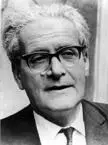
Born in Prague in 1910, H. G. Adler spent two and a half years in Theresienstadt before being deported to Auschwitz, Buchenwald, and Langenstein, where he was liberated in April 1945. Leaving Prague for London in 1947, Adler worked as a freelance teacher and writer until his death in 1988. The author of twenty-six books of fiction, stories, poems, history, philosophy, and religion, he is best known for his monograph Theresienstadt 1941–1945 , for which he received the Leo Baeck Prize in 1958. The Journey is the first of Adler’s six novels to be translated into English.
Peter Filkins is a poet and translator. He is the recipient of a 2007 Distinguished Translation Award from the Austrian Ministry for Education, Arts, and Culture, a 2005 Berlin Prize from the American Academy in Berlin, and a past recipient of an Outstanding Translation Award from the American Literary Translators Association. He teaches literature and writing at Bard College at Simon’s Rock.
